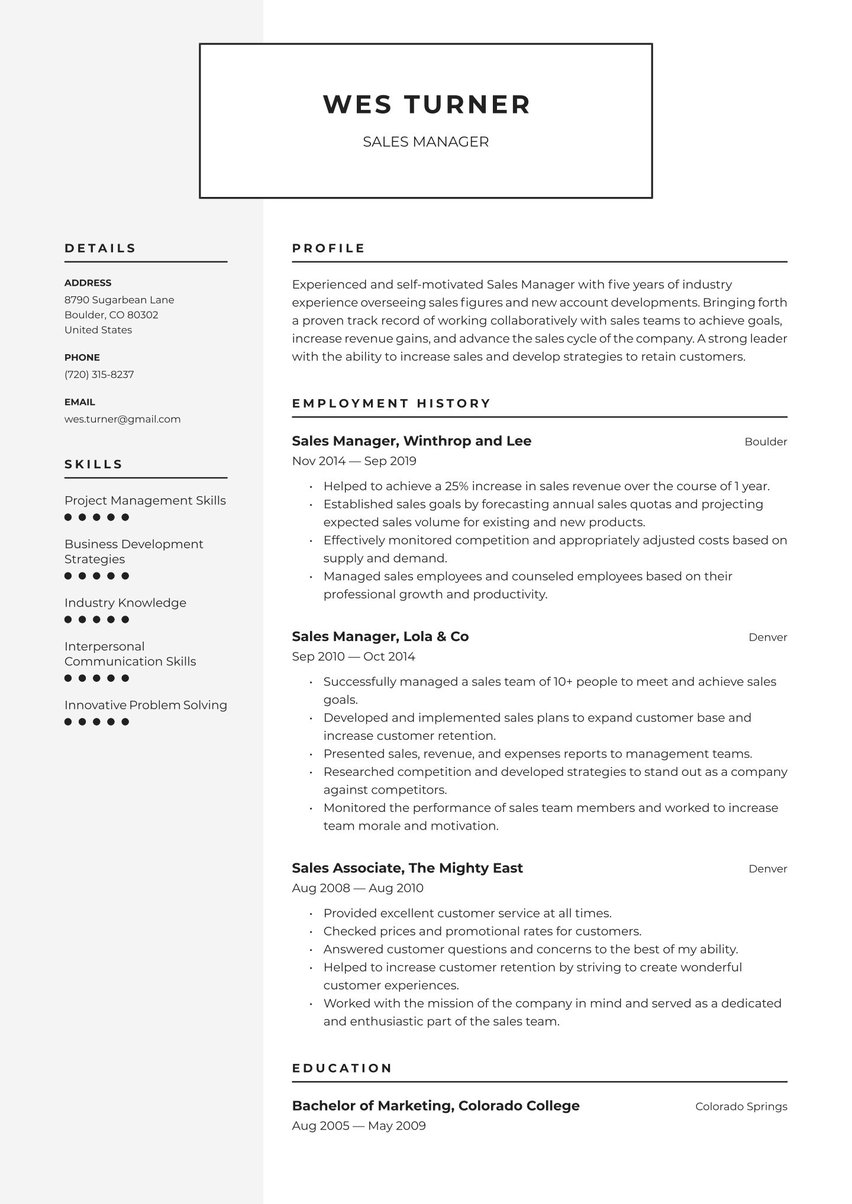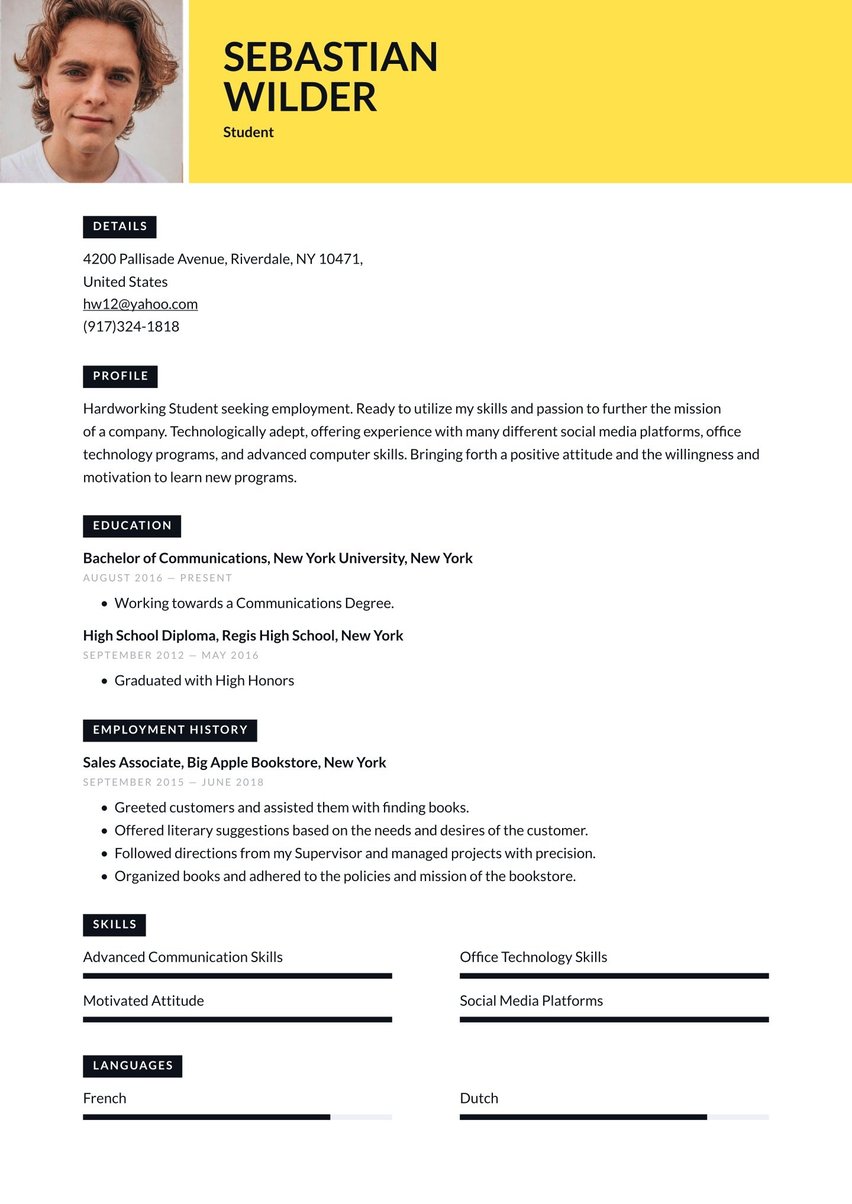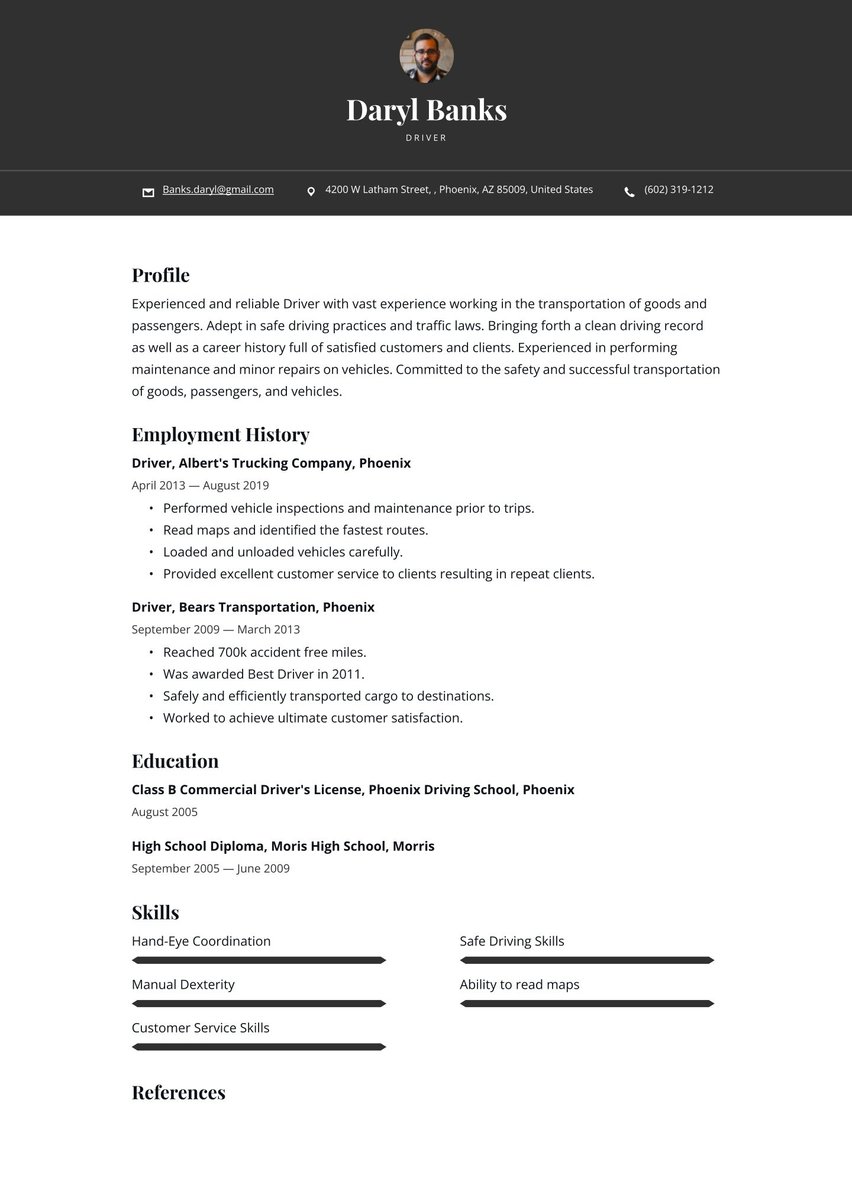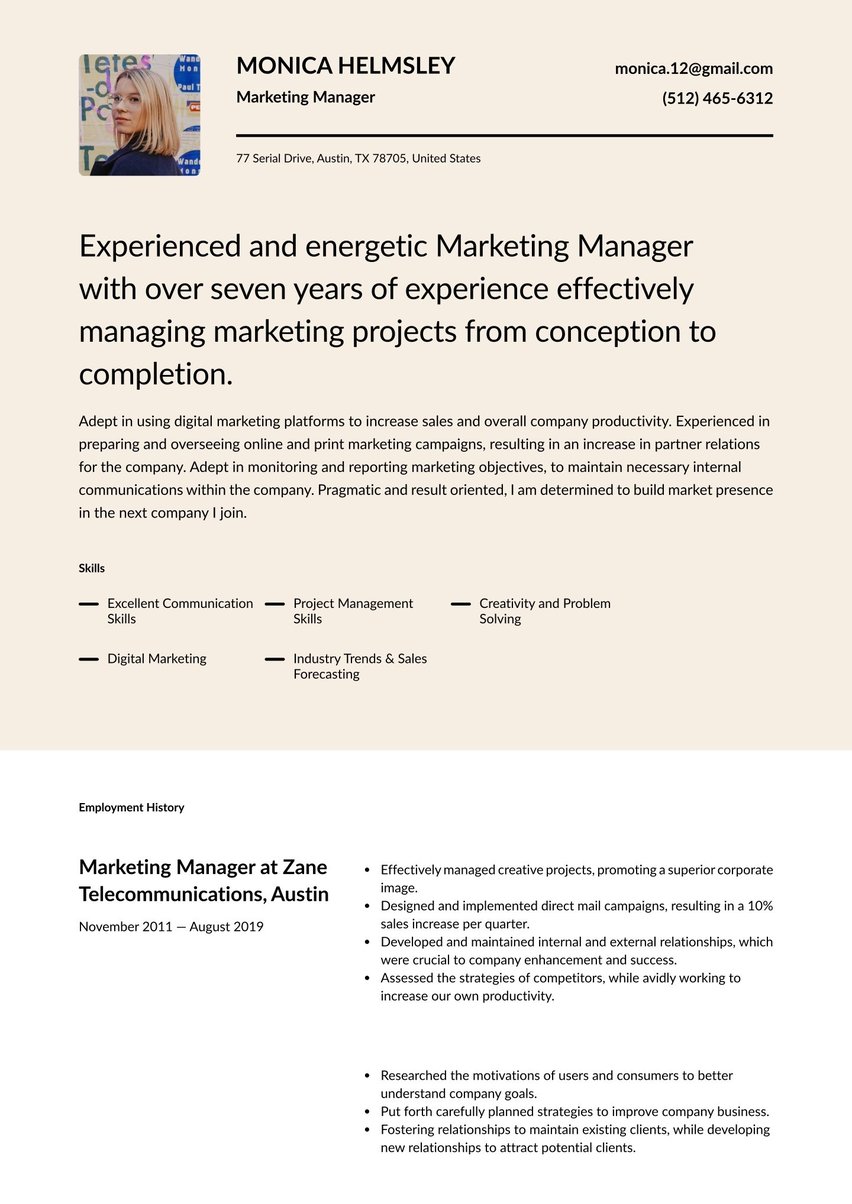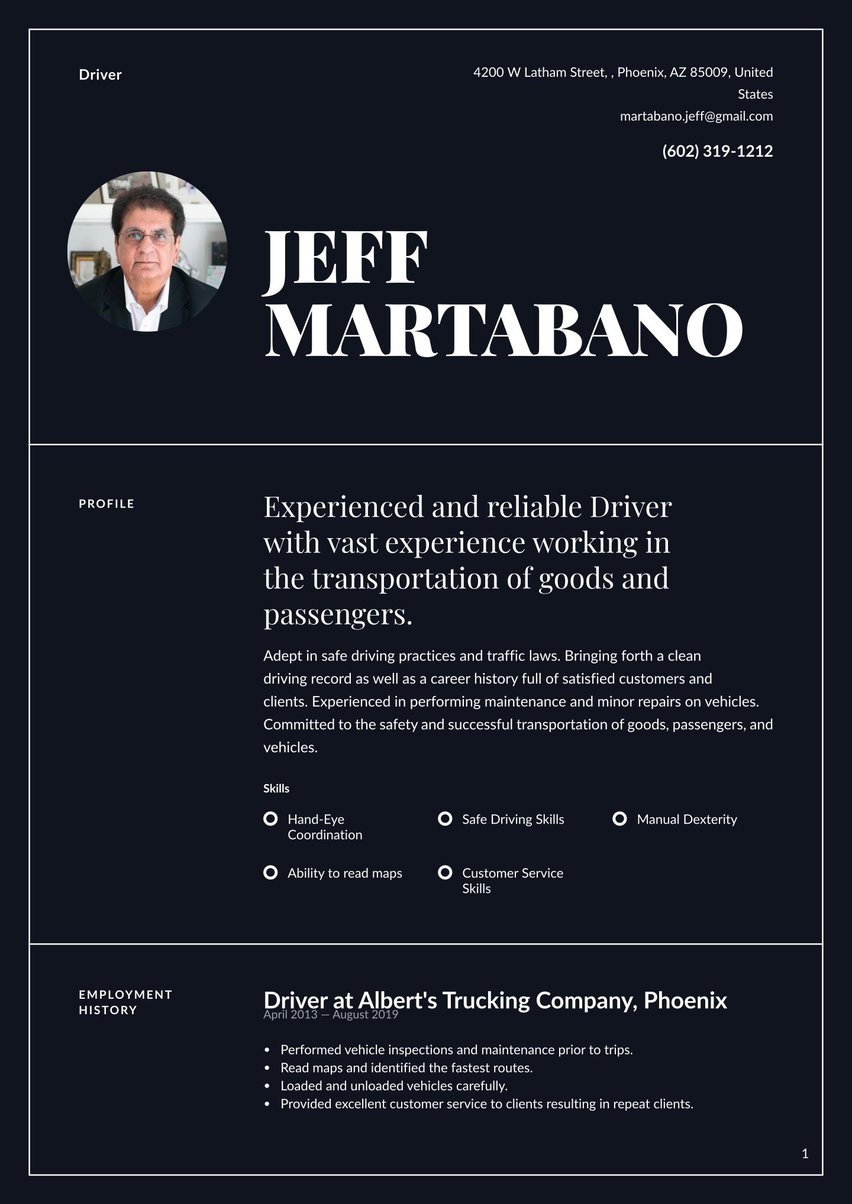Experienced and accomplished Health and Safety Engineer with a proven track record of promoting optimal health and safety in industrial spaces. Committed to identifying and improving substandard processes, while solving safety issues. Experienced in ensuring optimal workflow and efficient production in large-scale printing facilities. Bringing forth an in-depth understanding of facility management aimed at improving safe work processes and functions. Adept in trouble-shooting and working to offer solutions. A strong leader with excellent communication skills and a commitment to teamwork.
02/2016 - 10/2019, Health and Safety Engineer, Health and Safety Management, New York
- Performed thorough inspection of facilities and documented any concerns.
- Researched proper functioning of machines and ensured their optimal functioning.
- Created reports identifying potential hazards and offered solutions to rectify them.
- Remained up-to-date with health and safety requirements and aimed to meet them at all times.
09/2011 - 01/2016, Health and Safety Engineer, Accountable Engineers, New York
- Oversaw production to ensure safe practices and equipment function.
- Recommended changes and alterations of processes to improve safety and health outlooks.
- Brought forth an in-depth knowledge of machine and chemical hazards, combined with the ability to troubleshoot and implement changes.
- Used strong management skills combined with engineering principles to control safety and health initiatives.
- Consulted with Maintenance and Operations professionals to ensure all processes ran smoothly.
- Performed routine evaluations to ensure safety requirements were adhered to.
09/2007 - 05/2019, Bachelor of Engineering, Manhattan College, New York
09/2003 - 06/2007, High School Diploma, St. Dominic Academy, New York
- English
- German
- Analytical Thinking Skills
- Knowledge of Health and Safety Hazards
- Engineering Principles
- Knowledge of Safety and Health Codes
- Troubleshooting Skills
- Effective Communication Skills
Health and safety are of the highest importance at all times, but especially now! Your skills as a health and safety engineer are valuable, so this is a great time for you to take the next step in your career.
Health and Safety Engineer resume examples by experience level
With 350+ resume examples and writing guides like this one, Resume.io is an expert resource designed to help you create an application that wows.
This guide and the corresponding health and safety engineer resume example offers tips for:
- What does a health and safety engineer do?
- How to write a health and safety engineer resume (tips and tricks)
- The best format for a health and safety engineer resume
- Advice on each section of your resume (summary, work history, education, skills)
- Professional resume layout and design hints.
What does a health and safety engineer do?
The key responsibility of a health and safety engineer is to ensure that all systems are designed to keep people safe from illness or injury. Health and safety engineers need engineering expertise and knowledge of governmental rules and regulations. They also must be well versed in health and safety best practices.
Health and safety engineers monitor systems, create safety plans, develop health and safety procedures and may be responsible for responding to emergencies related to those systems and procedures.
How to write a health and safety engineer resume
A health and safety engineer resume consists of standard sections. Your CV should contain the following elements:
- The resume header
- The resume summary (aka profile or personal statement)
- The employment history section
- The resume skills section
- The education section
More inspiring engineering resumes examples:
Our related engineering resume examples can offer more inspiration on how to write a great resume summary.
- Facilities Engineer resume sample
- Electrical Engineer resume sample
- Engineering resume sample
- Civil Engineer resume sample
- CNC machinist resume sample
- Agricultural Engineer resume sample
- Technician resume sample
- Research Engineer resume sample
- Process Engineer resume sample
- Project Engineer resume sample
- Structural engineer resume sample
- Mechanical Engineer resume sample
Choosing the best resume format for a health and safety engineer resume
Most resumes follow the reverse chronological resume format and your health and safety Engineer resume should follow this safe course. That’s because organizing your employment history information in reverse chronological order makes it easy for recruiters to see what you have done most recently.
This is also the format that Applicant Tracking Systems (ATS) use when they import your documents into human resources software and that will make it quicker for you to complete your application. If you have highly technical skills that you want to stand out, you may try the functional resume format or one of the hybrid formats we suggest.
Resume summary example
Why include a resume summary? Yes, you want to tell prospective employers what you have already done in your career, but you really want to convince them that you are the best person for the job—and you have 3-5 sentences in which to do it. That means instead of summing up your previous jobs, you want to show that you have used your excellent problem-solving skills in areas such as occupational safety and industrial hygiene. To do that, you must describe those wins here.
The second aspect of the summary is giving recruiters a sense of your professional personality and style. As a health and safety engineer, you need to be a careful, thoughtful person who pays attention to detail. Use powerful, succinct language (including strong action verbs) to express who you are and how you approach your work.
If you have a specialty, play it up here! Are you an expert in environmental health and safety (EHS), particularly well versed in ergonomics or risk management? These abilities as a safety professional set you apart from the crowd.
Experienced and accomplished health and safety engineer with a proven track record of promoting optimal health and safety in industrial spaces. Committed to identifying and improving substandard processes, while solving safety issues. Experienced in ensuring optimal workflow and efficient production in large-scale printing facilities. Bringing forth an in-depth understanding of facility management aimed at improving safe work processes and functions. Adept in trouble-shooting and working to offer solutions. A strong leader with excellent communication skills and a commitment to teamwork.
Employment history sample
Your employment history section takes up the most space on your resume, but that is not because you should be listing every responsibility you have ever had as a health and safety engineer. Each bullet item in your job descriptions should enhance your desirability as a candidate; therefore, there’s no need to repeat your skills under more than one job title.
Your work experience should showcase your knowledge of Occupational Health and Safety (OSHA) regulations, safety procedures including first aid, and your ability to oversee operations in an organization to ensure all health and safety regulations are met. Do this by describing examples of how you have used these skills in previous jobs. Be as detailed as possible and use data wherever appropriate.
Try using the STAR method:
- What (possibly problematic) Situation did you face?
- What Task were you given or decided to initiate?
- What Action did you take?
- What was the positive Result of your action?
Use this section to create the story of your career. Each professional experience you list should give hiring managers another reason to grant you that all-important interview. Highlight your understanding of workplace hazards, and your ability to enforce procedures, rules, and regulations to avoid those hazards. Your resume should match the job for which you are applying.
Working conditions and potential hazards vary depending upon the work environment, so take that into account when you tailor your resume. This technique will also help you pass by Applicant Tracking Systems which use algorithms to rank resumes by keywords, phrases and other important data.
- Oversaw production to ensure safe practices and equipment function.
- Recommended changes and alterations of processes to the safety manager to improve safety and health outlooks.
- Applied in-depth knowledge of machine and chemical hazards and the ability to troubleshoot and implement changes to ensure a safe environment.
- Used strong safety management skills combined with engineering principles to control safety and health initiatives.
- Consulted with Maintenance and Operations professionals to ensure all processes ran smoothly.
- Performed routine safety audits to ensure safety requirements were adhered to and developed safety programs.
CV skills example
The skills section of your health and safety engineer CV gives you a chance to briefly list all the abilities you believe are most impressive and important for doing your job. It also gives recruiters an easy way to quickly scan for the skills they seek and gives them a chance to see what you think is important. To tackle this section methodically, brainstorm a “Master List” of all your skills and attributes. It’s super useful to have this as a separate document, a “cheat sheet” to update every now then. This will allow you to choose the top 5-10 most suited to the job listing.
Listing a mix of soft and hard skills is key. Your hard skills are those that are required to perform your pragmatic, knowledge-based duties as a health and safety engineer. Here are some to consider listing: understanding of federal, state, and local safety codes and regulations; safety management systems; ability to manage regulatory compliance; knowledge of safety equipment; and your understanding of the systems in the organization you work for.
Soft skills will help you educate, communicate, and stay organized on the job. You may be responsible for safety training and other safety programs, so your ability to relay information to others is important. Try to use a mix of hard and soft skills because employers find both valuable.
- Strong Analytical Thinking Skills
- Knowledge of Health and Safety Hazards
- Engineering Principles
- Knowledge of Safety Rules and Health Codes
- Troubleshooting Skills
- Multitasking Skills
- Effective Communication Skills
Health and safety engineer resume education example
Health and safety engineers need at least a bachelor’s degree. Many have degrees in environmental health and safety or other engineering fields. You have also taken courses in occupational safety and health, industrial hygiene, ergonomics, or environmental safety and may have earned a master’s degree.
List all your degrees and certifications here. If you have a master’s (post-graduate) degree, there is no need to list your high school. Licensing is not required, but if you have a Professional Engineering license, you should list that here as well.
- 2008-2012 Manhattan College, Bachelor of Engineering NY, NY
- 2004-2008 St. Dominic Academy, High School Diploma NY, NY
Resume layout and design: first impressions
Your health and safety engineering resume isn’t complete without a polished look that reflects your professional personality. Keep your design neat and legible. You want recruiters to easily be able to find your personal data and job titles, among other important information.
Our professionally-designed resume templates take the worry out of creating an eye-catching layout. Along with our resume builder tool, you can rest assured that your resume will be free of the design and formatting errors that can stop your candidacy in its tracks.
Key takeaways for a health and safety engineer resume
- A health and safety engineer resume needs to project detail-orientation and depth of knowledge.
- Your summary offers a chance to differentiate yourself from other candidates.
- Personalize your resume both to show employers you want to work for them and to help you clear the ATS hurdle.
- Take advantage of the online resume builder to get your job hunt started in no time.


.jpg)

.jpg)

















